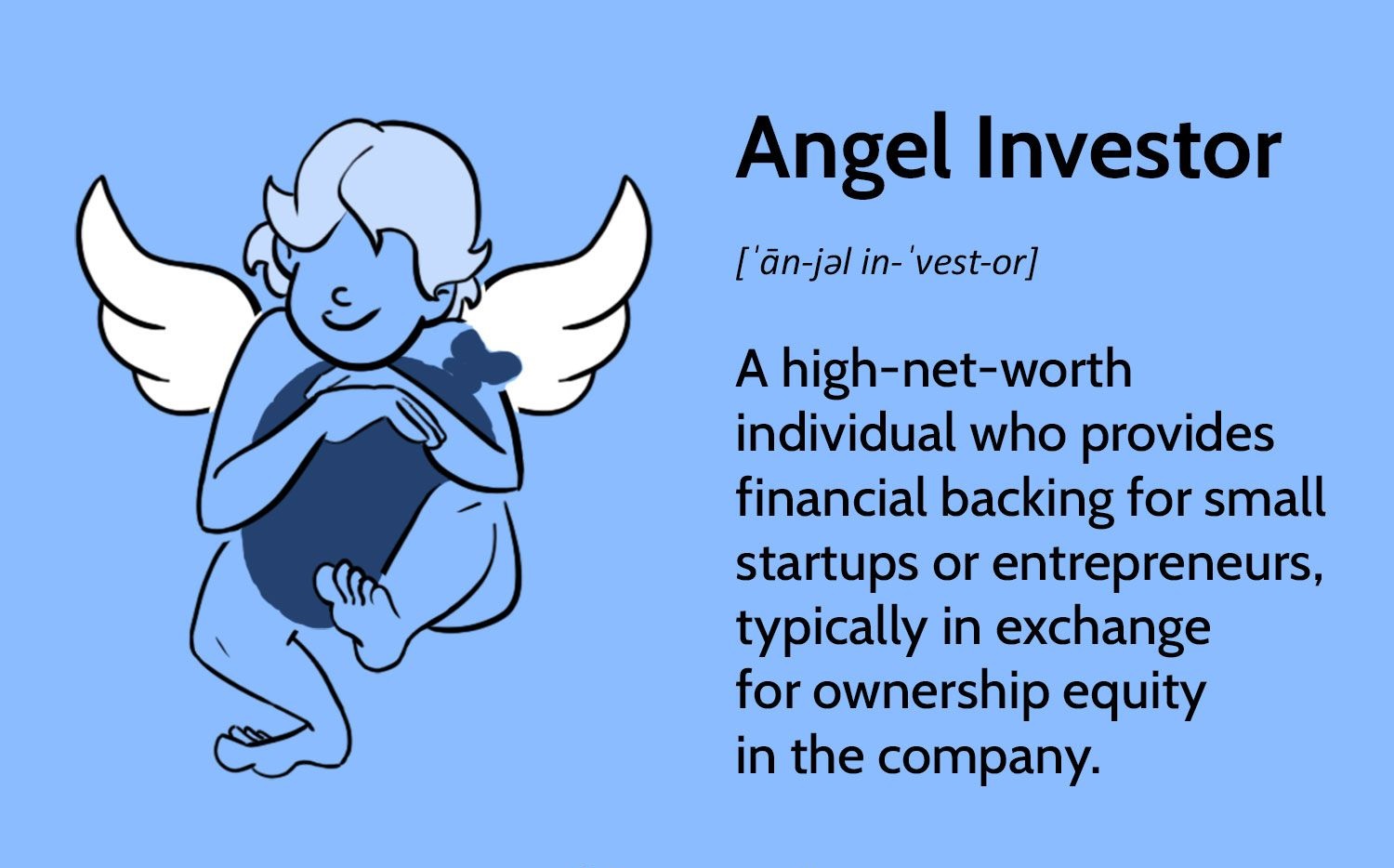Angel investing can be an exciting and potentially lucrative venture for those with the means and the passion for supporting startups. However, many angel investors make common mistakes that can lead to the loss of their hard-earned money. In this article, we will explore the seven easy steps that can contribute to this unfortunate outcome.
Key Takeaway
Angel investors can avoid losing their money by conducting thorough research, diversifying their portfolio, paying attention to red flags, setting clear exit strategies, seeking mentorship, making rational decisions, and exercising patience. By following these steps, investors can increase their chances of making profitable investments in the startup ecosystem.
Step 1: Lack of Research and Due Diligence
One common mistake that angel investors make is failing to thoroughly research and conduct due diligence on potential investment opportunities. It is crucial to understand the industry, market trends, and the startup’s business model before making any commitments. Without proper research, investors may find themselves investing in ventures that have little potential for success.
Step 2: Overconfidence and Lack of Diversification
Angel investors often fall into the trap of overestimating their own abilities and becoming overly confident in their investment decisions. This can lead to a lack of diversification in their portfolio, as they may put all their eggs in one basket. By not spreading their investments across different startups and industries, they increase the risk of losing everything if one investment fails.
Step 3: Ignoring Red Flags
Another mistake is ignoring red flags or warning signs about a startup’s potential problems. It is essential to pay attention to any indications of poor management, lack of market validation, or unsustainable business models. By disregarding these red flags, investors expose themselves to unnecessary risks.
Step 4: Failing to Set Exit Strategies
Angel investors often overlook the importance of setting clear exit strategies for their investments. Without a plan in place for selling their stakes in a startup, they may find themselves stuck with illiquid assets, unable to recoup their investments. Setting clear exit strategies from the beginning can help investors minimize potential losses.
Step 5: Lack of Mentorship and Guidance
Many angel investors underestimate the value of mentorship and guidance for both themselves and the startups they invest in. It is crucial to provide support and guidance to the founders, as well as seek advice from experienced mentors in the industry. Without proper mentorship, investors may miss valuable insights and opportunities.
Step 6: Emotional Investing
Angel investing can be an emotional rollercoaster, especially when dealing with early-stage startups. Investing based on emotions rather than sound financial analysis can lead to poor investment decisions. It is important to separate emotions from investment decisions and focus on the potential returns and risks.
Step 7: Lack of Patience
Finally, angel investors often lack the patience required for the startup ecosystem. Building successful companies takes time, and expecting quick returns can lead to disappointment and premature exits. It is crucial for investors to have realistic expectations and give their investments the time they need to grow.

























